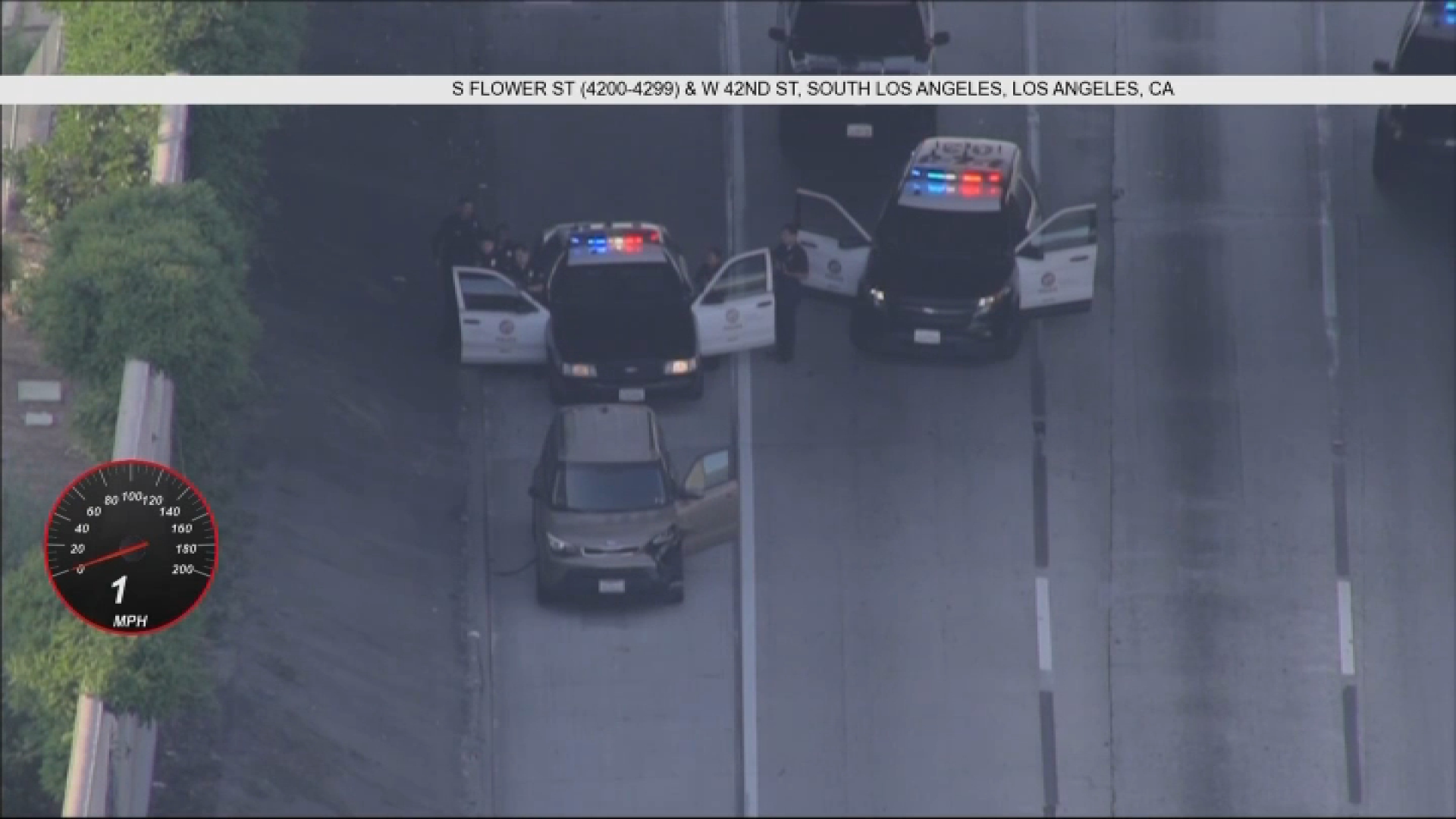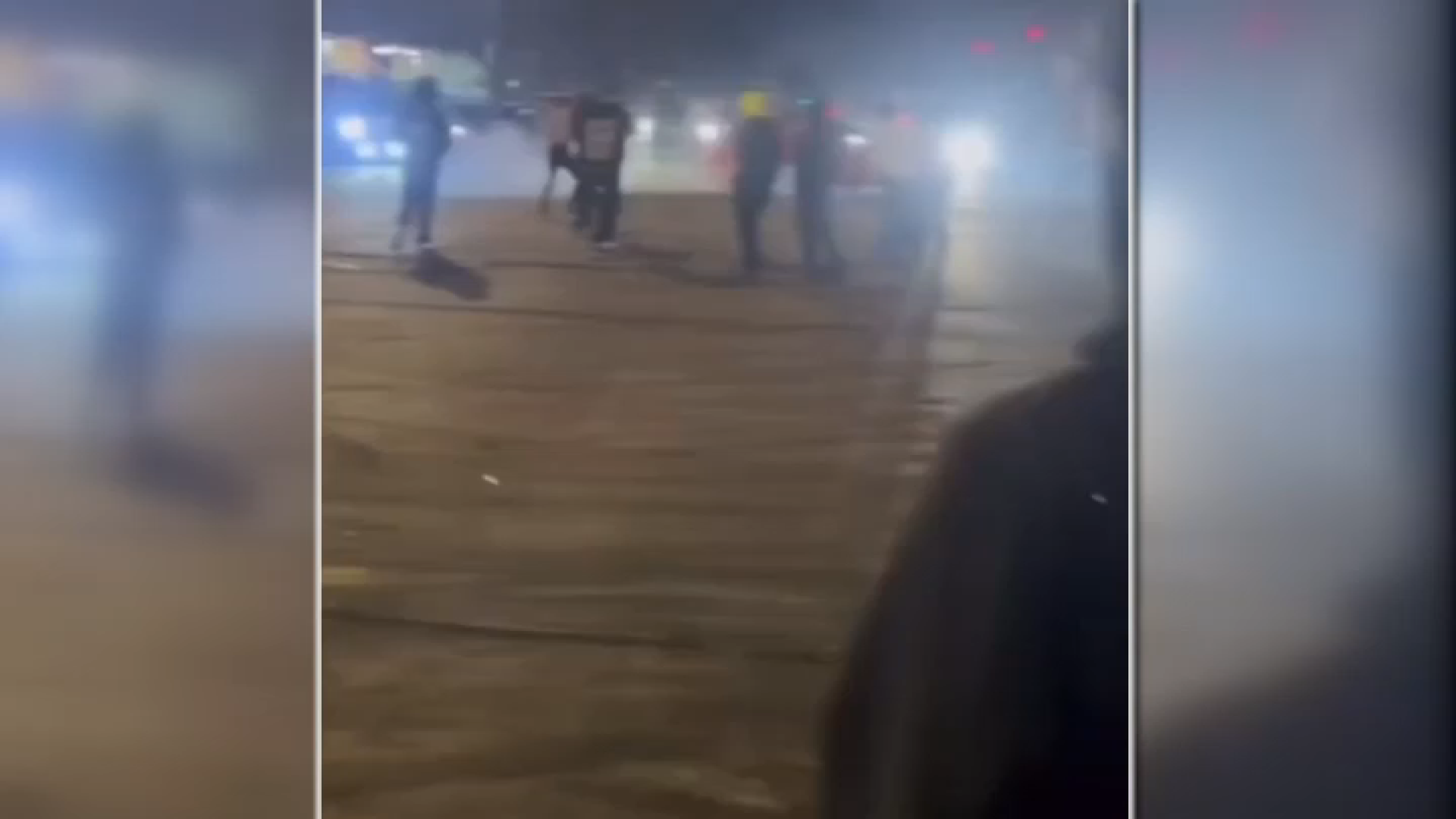Another heat wave is expected to hit Southern California starting Thursday and will raise the risk of heat-related illnesses and wildfires, while the mountains and desert communities could see a chance of thunderstorms due to an increase in humidity.
The heat is coming from high pressure building over the desert Southwest that will expand westward toward California. The high temperatures are expected to persist through the weekend, with the highest reaching up to 110 in the Valley on Friday, said NBC4 forecaster Fritz Coleman.
Temperatures will rise daily "and become more uncomfortable from Thursday through Sunday" for many communities in valleys and mountains, including Los Angeles, Ventura and Santa Barbara counties, according to the National Weather Service. These temperatures, combined with gusty winds, elevate the concern of fire weather.
Unhealthy air quality is expected to accompany the heat wave and persist through the next several days, according to the South Coast Air Quality Management District. Levels of ground-level ozone, a predominant summertime pollutant, are likely to reach the "unhealthy" to "very unhealthy" level in the Santa Clarita Valley, the San Gabriel Mountains, portions of the San Fernando and San Gabriel valleys, the Inland Empire and the San Bernardino Mountains, the SCAQMD said in a news release.
Poor air quality isn't unusual in the summertime, but hot conditions coupled with predicted atmospheric inversions traps pollution in the surface and causes high and persistent levels of poor air quality, according to the SCQAMD.
"Ozone air pollution can irritate the respiratory system, reduce lung function, inflame and damage cells that line the lungs and aggravate asthma and other chronic lung diseases such as emphysema and chronic bronchitis," its statement read. "Children, older adults, and people with asthma may be more sensitive to the health effects of ozone."
Subscribe to real-time air quality alerts here.
News
Top news of the day
The southerly flow of moist, unstable tropical air will increase humidity and the chance of thunderstorms in the mountains and deserts through early next week, Coleman said. In addition, dry lightning strikes are the biggest fire threat to the national forests.
The NBC4 live doppler network is the most accurate and up-to-the-second way to track storms moving through the area.
In the San Gabriel Mountains, a heat advisory will be in effect until 9 a.m. Thursday, and a more serious excessive heat watch from Thursday morning through Sunday evening, according to the NWS.
Mountain temperatures will range from 100 to 106 during daytime hours Thursday. An excessive heat watch will be in effect from Thursday morning through Saturday evening in the Santa Monica Mountains Recreational Area and the San Fernando, Santa Clarita and San Gabriel valleys. Temperatures in those areas will range from 100 to 107, falling to between the 70s and lower 80s at night.



